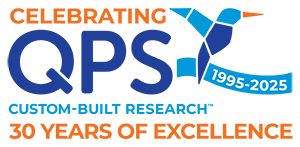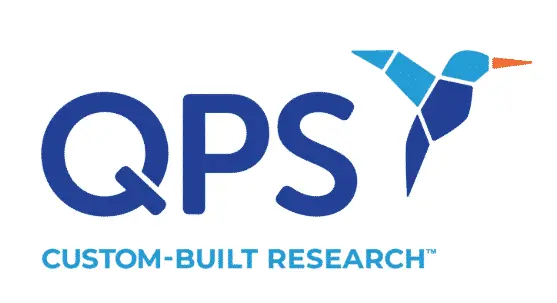Psychiatric treatment is undergoing a profound shift as once-stigmatized psychedelic drugs gain mainstream acceptance. For instance, the Food and Drug Administration (FDA) approved a variant of ketamine for the treatment of post-traumatic stress disorder (PTSD) in 2019. More recently, Oregon launched a program to allow people to legally use psilocybin at treatment centers under the guidance of certified facilitators. In addition, a California-based non-profit organization, the Multidisciplinary Association for Psychedelic Studies, has requested FDA approval to market MDMA — also known as molly or ecstasy — as a treatment for PTSD. This blog explores the resurgence of research into psychedelic drugs, which is gradually shedding light on the mechanisms of action and the potential of these drugs to transform psychiatric care.

Decoding the Psychedelic Puzzle
Potential approval to market MDMA would rest on clinical evidence. Namely, research that has demonstrated that the drug, administered in controlled sessions, can reduce PTSD symptoms. Even as psychedelic drugs re-enter the spotlight and gain acceptance for psychiatric treatment, questions remain about how exactly they work. As legal barriers to research ease, scientists are exploring the underlying mechanisms of action.
Clinically, knowing the mechanism of action isn’t strictly necessary. “You don’t need to know the mechanism of the drug to have a very effective therapy,” says David Olson, a biochemist at the University of California, Davis. That said, for psychedelic-based therapies to be as safe and effective as possible, understanding how the drugs work will be helpful. This knowledge could also be used to guide modes of drug administration.
How do Psychedelics Work?
Classic psychedelics, or hallucinogenic drugs such as psilocybin and LSD, bind to the serotonin receptor 5-HT2A but can also interact with other types of receptors. Other drugs, including ketamine and ibogaine, are often considered psychedelics, and this class of drugs, in general, interact with multiple types of receptors. Researchers are working to understand how the drugs’ interactions with receptors influence symptoms. “Honestly, this is going to be something that’s going to be very difficult to unravel,” Olson said.
For example, research is examining how ketamine reduces symptoms of depression and PTSD. One study showed that psychedelics, including ketamine and psilocybin, bind to the receptor for brain-derived neurotrophic factor, a common target for antidepressants. With psychedelics, however, the binding is up to 1,000 times stronger, which could account for the drugs’ more rapid effects.
Unraveling Brain Plasticity
Scientists are also exploring the impact of psychedelics on brain plasticity, the ability of dendrites and axons to make new connections. Although plasticity is considered potentially beneficial for treating depression and PTSD, conditions like autism and schizophrenia may result from too much neuronal plasticity.
Gül Dölen, a neuroscientist at Johns Hopkins University in Baltimore, Maryland, has suggested that psychedelics might open the door to the kind of enhanced learning that is usually observed only in very young brains. Dölen and colleagues have published research with adult mice showing that those treated with psychedelics experienced a reopened critical learning period during which time they changed their established social behaviors. The researchers note that future research may examine whether psychedelics could be used to help people relearn physical skills while recovering from strokes.
Olson’s team has shown increased neuroplasticity, decreased drug-seeking behavior and decreased depression in mice exposed to compounds derived from ibogaine. The authors say these compounds are safer, non-hallucinogenic alternatives to ibogaine and could have therapeutic potential.
Next Steps
Research will continue to examine psychedelic drugs and less intense psychedelic-like drugs for clinical trials, with the aim of maximizing benefits while minimizing side effects. At the same time, studying the effects of psychedelics is expected to provide valuable insights into neuroplasticity and neurology, with the potential to improve our understanding of how the brain works.
Did you enjoy this blog post? Check out our other blog posts as well as related topics on our Webinar page.
QPS is a GLP- and GCP-compliant contract research organization (CRO) delivering the highest grade of discovery, preclinical and clinical drug research development services. Since 1995, it has grown from a tiny bioanalysis shop to a full-service CRO with 1,100+ employees in the U.S., Europe and Asia. Today, QPS offers expanded pharmaceutical contract R&D services with special expertise in neuropharmacology, DMPK, toxicology, bioanalysis, translational medicine and clinical development. An award-winning leader focused on bioanalytics and clinical trials, QPS is known for proven quality standards, technical expertise, a flexible approach to research, client satisfaction and turnkey laboratories and facilities. Through continual enhancements in capacities and resources, QPS stands tall in its commitment to delivering superior quality, skilled performance and trusted service to its valued customers. For more information, visit www.qps.com or email info@qps.com.







